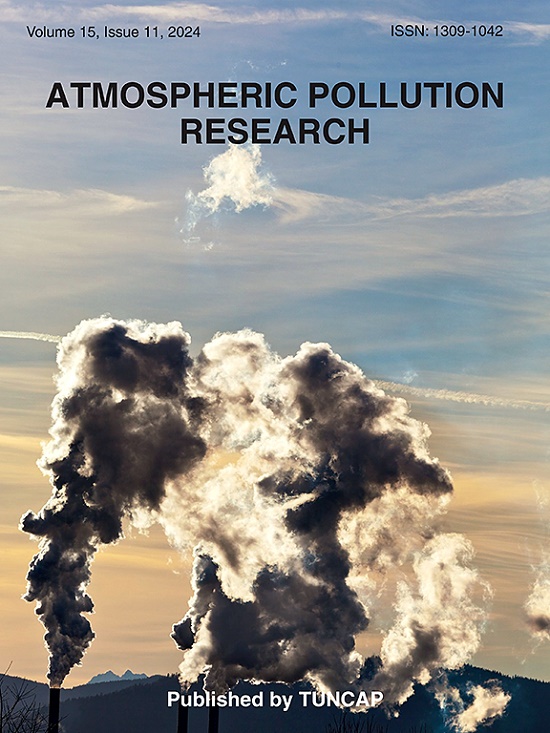How to forecast daily carbon emissions during public health emergencies: A novel self-attention multi-neuron time series model
IF 3.9
3区 环境科学与生态学
Q2 ENVIRONMENTAL SCIENCES
引用次数: 0
Abstract
Affected by numerous uncertainties, climate change is a critical issue linked to carbon emissions that warm the planet. Although scholars have conducted detailed research on carbon emissions and established predictive models for them, there are few models specifically designed for predicting carbon emissions during public health emergencies. With the concentrated outbreak of various uncertain factors, organizations and institutions urgently need a model capable of predicting carbon emissions during public health emergencies. This study introduces a novel self-attention multi-neuron time series (SAMNTS) model to evaluate the previously unexplored impact of public health emergencies on carbon emissions. Specifically, we have designed a more comprehensive deep learning prediction framework that can effectively utilize a large amount of relevant data to conduct detailed reasoning and analysis on the issue of carbon emissions, enabling more accurate predictions of daily carbon emissions. To better test its effectiveness, we used COVID-19 as an example to test the model. The results proved that the model can effectively make predictions and analyze various factors that affect carbon emissions.
如何预测突发公共卫生事件中的每日碳排放量:一种新的自关注多神经元时间序列模型
受众多不确定因素的影响,气候变化是一个关键问题,与导致地球变暖的碳排放有关。虽然学者们对碳排放进行了详细的研究,并建立了预测模型,但专门针对突发公共卫生事件碳排放的预测模型却很少。随着各种不确定因素的集中爆发,组织和机构迫切需要一个能够预测突发公共卫生事件中碳排放的模型。本研究引入了一种新的自关注多神经元时间序列(SAMNTS)模型来评估公共卫生突发事件对碳排放的影响。具体来说,我们设计了一个更全面的深度学习预测框架,可以有效地利用大量相关数据对碳排放问题进行详细的推理和分析,对日常碳排放进行更准确的预测。为了更好地测试其有效性,我们以COVID-19为例对模型进行了测试。结果表明,该模型能够有效预测和分析影响碳排放的各种因素。
本文章由计算机程序翻译,如有差异,请以英文原文为准。
求助全文
约1分钟内获得全文
求助全文
来源期刊

Atmospheric Pollution Research
ENVIRONMENTAL SCIENCES-
CiteScore
8.30
自引率
6.70%
发文量
256
审稿时长
36 days
期刊介绍:
Atmospheric Pollution Research (APR) is an international journal designed for the publication of articles on air pollution. Papers should present novel experimental results, theory and modeling of air pollution on local, regional, or global scales. Areas covered are research on inorganic, organic, and persistent organic air pollutants, air quality monitoring, air quality management, atmospheric dispersion and transport, air-surface (soil, water, and vegetation) exchange of pollutants, dry and wet deposition, indoor air quality, exposure assessment, health effects, satellite measurements, natural emissions, atmospheric chemistry, greenhouse gases, and effects on climate change.
 求助内容:
求助内容: 应助结果提醒方式:
应助结果提醒方式:


